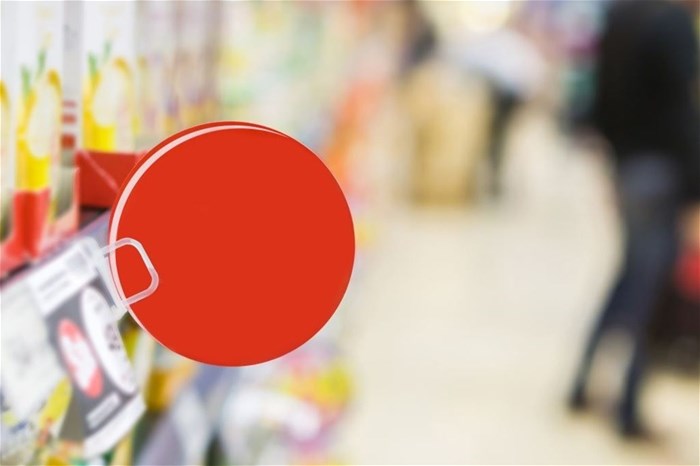
Top stories



Marketing & MediaThe Carling Black Label Cup and the campaign that changed fan engagement
Caxton Media 12 hours



More news






ESG & Sustainability
Kumba Iron Ore champions inclusivity with donation to neurodiverse learners






With advanced analytics, point of sale (POS) data and marketing mix modelling (MMM), brands can develop more powerful media plans and allocate resources to the media channels that deliver the best results. Here is a five-step programme – the why, what, where, when and how – to improving media effectiveness and ROI.
GfK research shows that advertising influences consumers. Some 31% of consumers who participated in our 2016 FutureBuy survey agreed that their shopping decisions were influenced by TV and print ads, and 29% said the same about online ads. The trick for marketers is knowing which media campaigns are most effective at delivering against their objectives.
In a world where it’s becoming harder for companies to differentiate their products on features, brand and customer experience are the major competitive advantages. That means brands are looking beyond the sales of one product when they plan campaigns.
Even if the focus is to promote a specific product and boost sales, marketers also need to determine the impact of the advertising campaign on other products as well as on the overall brand and brand awareness.
If the creative is focused on promoting a flagship model, for example, it could cannibalise sales of other models. But the beneficial effects of the creative on overall brand sales could outweigh the costs of cannibalising sales of an individual model in the product line.
The rising importance of digital media in the purchase journey is evidenced by the fact that an increasing share of media budgets is being shifted to these channels. But does that mean brands should automatically move more of their budget to online media?
To answer this question, brands need to understand how different media are contributing to sales. Our research tells us that the contribution made by different media varies by industry and brand. For instance, advertising on social media sites can work well for innovative tech brands, but TV remains essential for domestic appliances.
Furthermore, because the cost of the different media types differs, the ROI they deliver can fluctuate greatly between campaigns. Combining some media platforms for a single campaign can improve media effectiveness. For instance, a digital ad on a social media platform can amplify the message transmitted via traditional media.
Understanding which media drive a brand’s and product sales in the short term will help to identify how much additional media budget to invest – and where one can cut back without negatively impacting the bottom line.
Optimising the timing of a campaign poses a series of challenges. For instance, consumers tend to be more responsive to ads at certain times. As the cost varies over time for some media platforms, brands face the issue of the ROI of these changing from week to week. Seasonal peaks (such as Christmas or Back to School periods) are a further consideration.
It might, for example, be more beneficial to start or run a campaign a few weeks before such periods, when competition for consumers’ attention is less fierce. Marketers also need to decide when to use which media, as they each make a different impression on the memory of consumers. Our studies indicate that ad retention rates among consumers are often shorter for digital ads than for traditional ads.
The keystone challenge when developing a media plan relates to knowing how much to invest in a particular media channel. Just because a channel delivers a great ROI doesn’t necessarily mean one should invest more in it. There is a saturation point at which investing more money in a media channel won’t help to drive more sales.
Using point of sale data, marketing mix modelling (MMM) measures the sales driven by each BTL and ATL activities. In turn, it helps markets to estimate the return a media plan will make in the short term and identify the optimal combination of media to drive sales.
With this five-point plan, marketers can see:
▪▪ Why media is/isn’t effective
▪▪ What to advertise to achieve the desired impact
▪▪ Where to advertise to deliver the maximum short-term ROI
▪▪ When to advertise to attain the advantage
▪▪ How much to invest based on the likely return